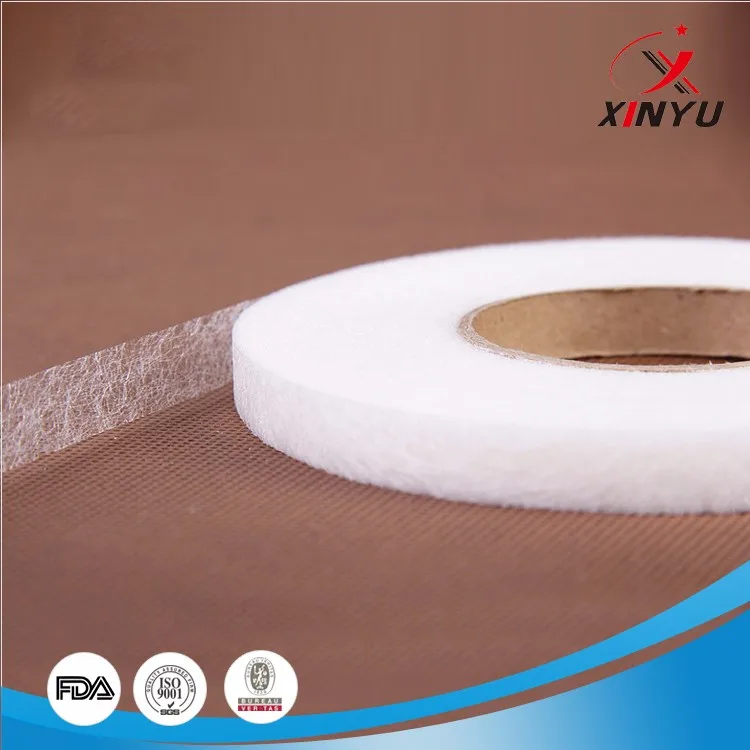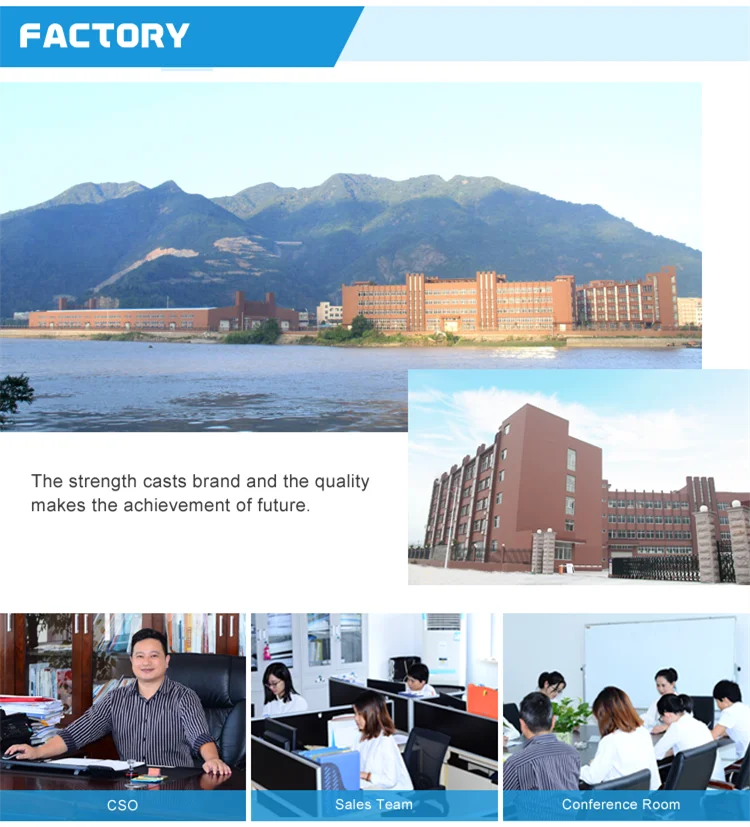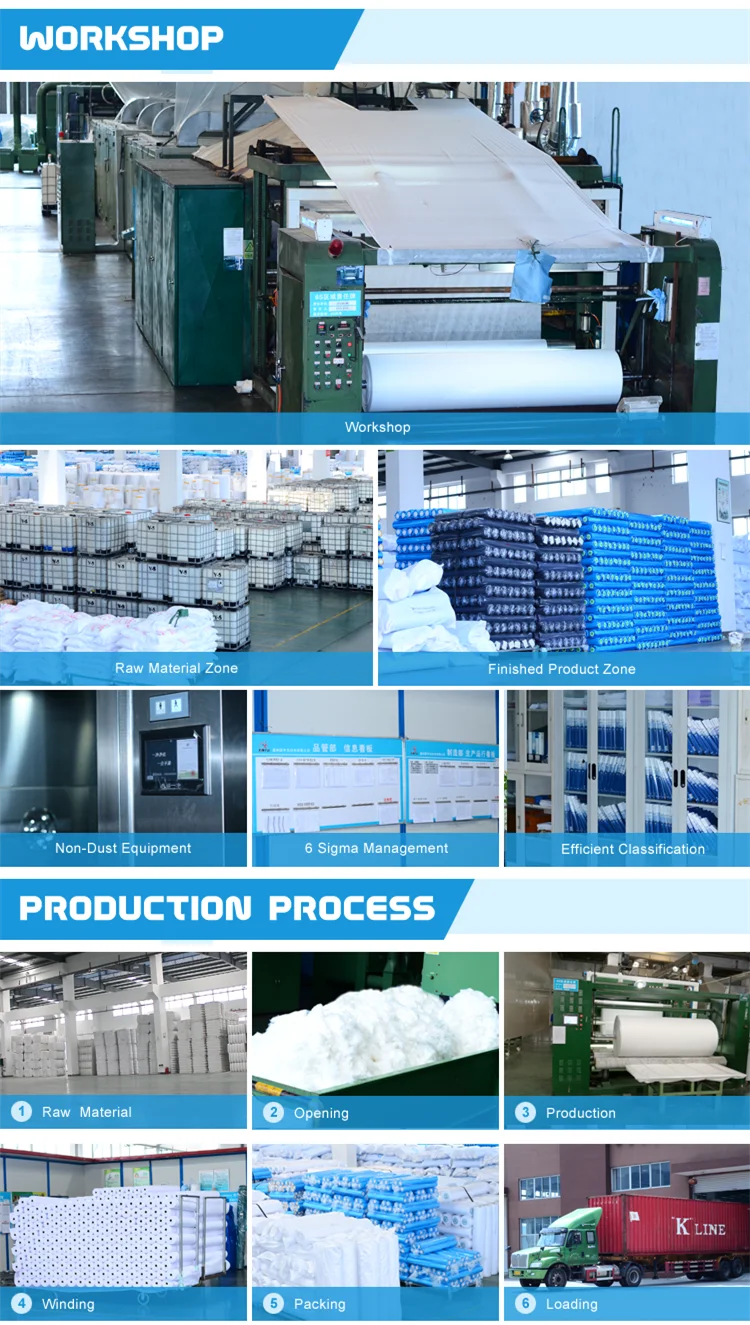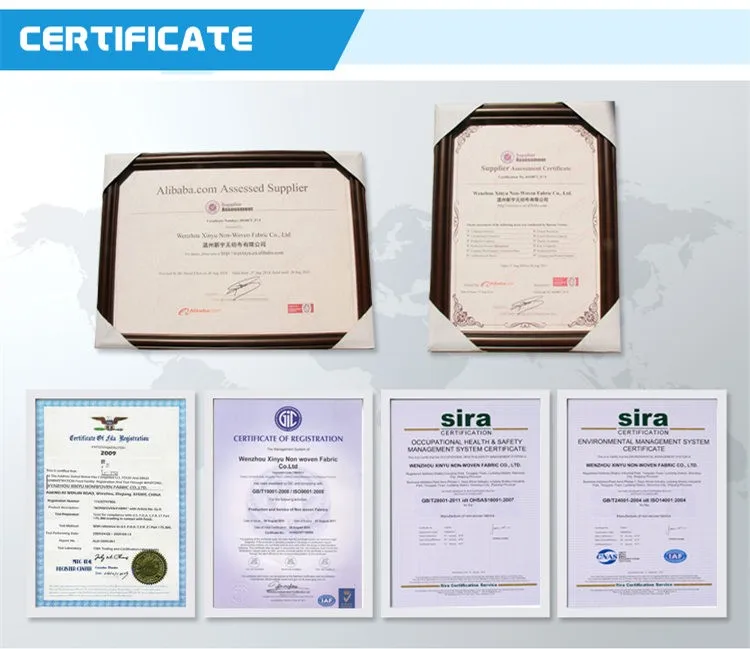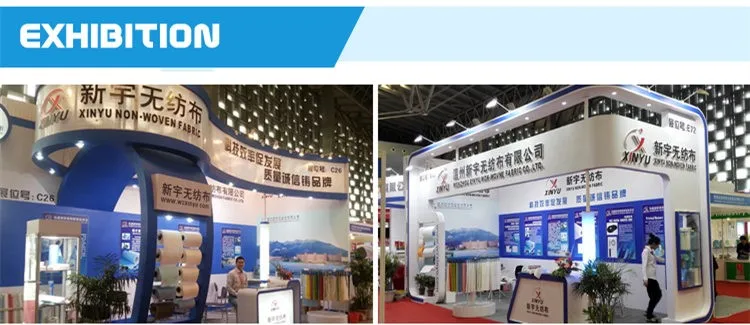Nonwoven fabrics break the mold of traditional textiles by defying the conventional weaving or knitting process. These fabrics, rooted in simplicity and historical practices, represent a rapidly expanding segment in textile production. Nonwoven materials are networks of fibers or yarns, irrespective of their type or origin. These fibers are not interlaced as in weaving but are bonded through various methods to form a cohesive fabric sheet. Their engineered nature sets nonwoven fabrics apart, catering to specific needs. Their lifespan varies from disposable to highly durable, depending on their intended use. These non woven garments are crafted to offer a range of functional properties, including absorption, liquid resistance, flexibility, softness, strength, and even flame resistance. Additionally, they can be designed for washability, cushioning, and filtration to provide barriers against bacteria and ensure sterility. This adaptability makes nonwoven a crucial component in apparel, utilized in garment linings, thermal insulation in clothes and gloves, padding in bras and shoulders, parts of handbags, and various shoe components.Advantages of Nonwovens in ApparelIn the apparel industry, Nonwovens fabric bring several advantages over traditional woven fabrics. These include cost-effectiveness due to direct fiber-to-fabric processes, higher production volumes, and reduced labor needs. However, despite these benefits, nonwoven face challenges in replacing woven fabrics in fashion due to limitations in mechanical properties, drapes, and flexibility. To mimic woven cloth, nonwoven fabrics must meet specific criteria, including physical, thermo-physiological, biomechanical, and psychological requirements. The structure of nonwovens, reliant on the extensibility of fibers and bonds, limits their ability to handle in-plane compression and stress distribution. This makes them more prone to tearing and less suitable for enduring the rigors of daily wear in outer garments.Applications of Nonwovens in Apparel IndustryIn the apparel industry, the application of Nonwovens fabric is vast and varied. Their attributes, such as lightweight, cost-efficiency, and diverse functionality, make them indispensable to the industry. GarmentsNonwoven interlinings represent a pioneering application of nonwoven fabrics in the fashion industry. These materials are integrated into garments during production, serving various functional roles. A key use of nonwoven interlinings is to support certain parts of a garment, ensuring they maintain their shape and appearance. This is particularly crucial for the most visible elements of clothing, like shirt collars and cuffs, which not only need to look sharp but also retain their quality through repeated washing and wear.Protective ClothingIn the sphere of protective and safety wear, nonwovens have carved a niche as high-tech technical textiles. This category of clothing and accessories encompasses a wide range, including: ● Full-body protective gear● Protective gloves● Headgear for safety● Specialized protective footwear● Gear for fall protection● Equipment for drowning prevention A significant sector driving the demand for nonwoven fabrics in apparel manufacturing is the production of protective clothing, especially those designed to resist fire and chemical hazards. Beyond this, nonwoven materials are extensively used in creating masks, surgical gowns, and other forms of protective attire against chemicals, and pesticides, in electronics manufacturing and for general laboratory safety. Nonwovens fabric play a versatile role in protective clothing systems, varying in fiber composition and textile structure. Noteworthy applications include: ● Disposable garments for protection against chemicals, aerosols, and dust.● Lining components in outfits designed for moisture and cold resistance.● Thick insulation linings that shield against radiant heat, flames, or contact with hot objects provide a critical protective layer.Furniture DesignIn furniture design, the cushions and foams that make our seats comfortable are often crafted from nonwoven geotextile fabrics. These materials are chosen for their excellent stretchability, water resistance, stain resistance, and enduring quality, enhancing the longevity and comfort of furniture.Footwear SupportIn the world of footwear, nonwoven materials have become indispensable as support elements. They are primarily used in insoles, where they offer essential cushioning, comfort, and shock absorption for the feet. Nonwoven materials, often referred to as "artificial leathers," are now competing with traditional genuine leather in various applications, such as shoe uppers and upholstery coverings. Thanks to their lightweight, flexible, and adaptable nature, nonwovens are a vital component in footwear manufacturing, significantly enhancing the performance and satisfaction of the wearer.Consumer DurablesNonwoven geotextile fabrics boast a range of applications in consumer goods due to their inherent properties like packaging, batting, and lamination capabilities, largely attributed to their natural porosity. This versatility extends to various products including carpet backing, composite materials, marine sail laminates, backing for machine embroidery, shopping bags, wall paneling, and cushions. Furthermore, nonwovens are key in manufacturing mattress cores, padding, acoustic insulation for appliances, automotive components, and upholstery padding, underscoring their widespread utility.GeotextilesThe robustness, strength, and flame resistance of nonwoven materials make them ideal for use as geotextiles in infrastructure construction. Nonwoven geotextiles are employed in a range of applications like underlayment in roadways, soil and foundation stabilization, canal construction, drainage engineering, erosion control, geomembrane protection, and landfill lining. Their durability and versatility make them a preferred choice in these critical construction areas.Filtration SystemsNonwoven fabrics are a linchpin in the world of filtration, thanks to their transparency and efficiency in separating liquids from tiny particles. They are widely used in filters for gasoline, oil, and air, as well as in everyday items like coffee filters, water filters, and tea bags. Their applications extend to the pharmaceutical industry, mineral processing, and the creation of vacuum bags, allergen membranes, and bag filters.Weather-Resistant Nonwoven ProductsNonwoven fabrics offer a robust alternative to plastic, especially in terms of water repellency and durability. They are integral in producing tarps, tents, lumber wraps, foot coverings, house wraps, cleanroom wipes, and even potting materials for plants, showcasing their versatility in weather-resistant applications. New materials like non woven garments are altering the business and steering it toward sustainable solutions. The next decade is expected to solidify nonwoven geotextile textiles' worldwide textile supremacy. Wenzhou Xinyu tracks textile and other trends and makes it happen for you. For more information, contact us.
Read More>>

